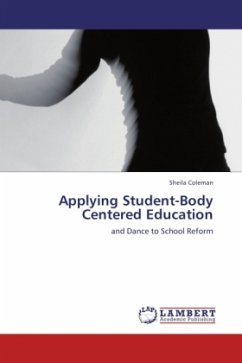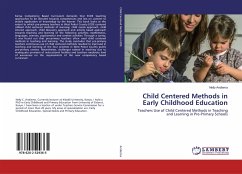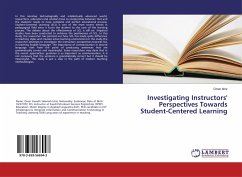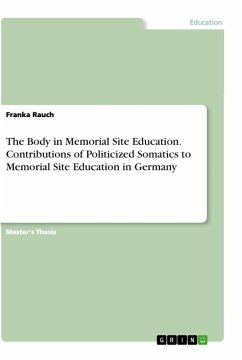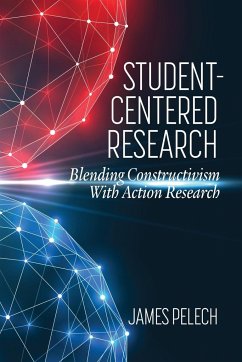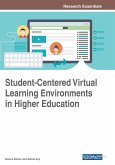There is a great diversity of opinions in American education stemming from important and controversial questions of what, who, and how children should be taught. Although America s social, economic, and political landscapes have changed since the inception of public schools in the mid-1800 s, the method of educating has barely evolved. The teacher-centered model seen in the mid-nineteenth century that favored student imitation and rote learning disconnected to contemporary life continues to dominate to this day. The lack of student-centeredness in education has failed our students and country. One third of American students will drop out of high school. For Black and Latino students, the statistics are more staggering: nearly fifty percent will drop out (Thornburg/Shelbville, 2006). The vision of an American public education system that is of high quality and accessible to all American children has yet to be fully realized.
Bitte wählen Sie Ihr Anliegen aus.
Rechnungen
Retourenschein anfordern
Bestellstatus
Storno

